#mantellidae
Explore tagged Tumblr posts
Text

Variegated Mantella (Mantella baroni), family Mantellidae, Ranomafana National Park, Madagascar
Poisonous.
photograph by Charles J. Sharp
6K notes
·
View notes
Text
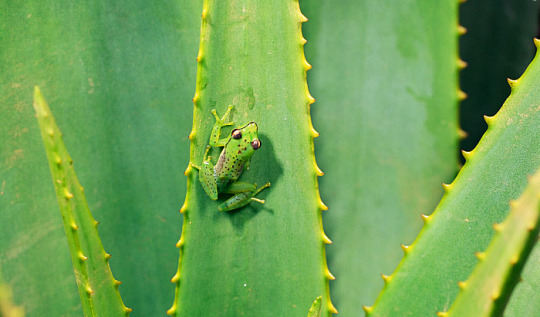
Frog (Guibemantis pulcher)
Photo by Nick Garbutt
#frog#green frog#frogs#amphibians#guibemantis pulcher#guibemantis#mantellidae#madagascar#madagascar frogs#madagascar wildlife#tropical frogs#tropical#green#nature#wildlife
4 notes
·
View notes
Note
i love trying to identify frogs, and ive made progress, for example i can usually tell if a frog is in the families of ranidae (obviously) hylidae and bufonidae, as those are the ones in my area. but i find it quite hard after outside of those families. i feel like just sort of memorizing what families have which attributes is a bad way of going about it, so do you have any tips to narrow down types of frogs, or what i could look into and research about it? i feel like you may have answered this before but i couldn't find it in your FAQ
Vibes and location my friend, vibes and location. There isn't really a recent-enough key to anatomically determine families, and even if there were, it would not work based on external appearance alone—there is too much variation within families, and also many diagnostic features are only in the skeleton.
The best way I know is to just see lots and lots and lots of frogs, and slowly puzzle together which family they're in. For me, that keys my brain into the vibe that the family has, even when the animals are diverse.
BUT, you always have to be aware of what the analogues are in other families. For instance, dendrobatids and mantelline mantellids can look extremely similar—but nothing else looks anything like them. If you know where the animal is from, you can tell which family it is.
A more challenging example may be 'tree frogs'. There are almost identical-looking tree frogs in at least six families (e.g. Arthroleptidae, Hylidae, Hyperoliidae, Mantellidae, Rhacophoridae, Centrolenids). If you don't know where the frog is, there are some traits you just have to know. For instance, arthroleptids have veritcal pupils, whereas centrolenids, hylids, rhacophorids, and mantellids have horizontal pupils. Hyperoliids have weird triangular pupils. Hyperoliids also have weird gular pads in males; some mantellids have special femoral glands. There are special bones in the fingers of some groups and not others. And the way they reproduce can differ—rhacophorid treefrogs mostly make foam nests, whereas mantellid and hylid treefrogs mostly make jelly nests over water. Centrolenids are pretty distinctive.
But this wouldn't be a problem if you know where you are: if it's a treefrog and you're in South America, hylids and centrolenids are your prime candidate. In East Africa, arthroleptids, hyperoliids, and rhacophorids overlap, but are easy to tell apart. In Madagascar, there are only really mantellid treefrogs that look like this, though there are two similar-looking groups that are not closely related. In Southeast Asia, hylids and rhacophorids overlap.
Then there are the ranid-looking frogs, and honestly, this is also where I really struggle. Most of these were formerly in Ranidae, but then we realised they were vastly distantly related, and so they were split—but those splits happened without clear diagnoses for the groups. Consequently, consistent differences between ptychadenids, dicroglossids, ranids, conrauids, pyxicephalids, many mantellids, etc. are essentially unknown, afaik. And many of these can occur together in the same place. In these cases, you get a better clue to the FAMILY if you can work out the GENUS, which is extremely counter-intuitive, but that is just how it is.
By the way, this problem is not unique to amphibians—in birds it is just as bad, and many well-known groups do not have synapomorphies
#taxonomy#species identification#biology#animals#frogs#answers by Mark#ranidspace#tl;dr keep learning frogs and you will eventually just figure it out I guess#wall of text#wot#tl;dr
124 notes
·
View notes
Photo
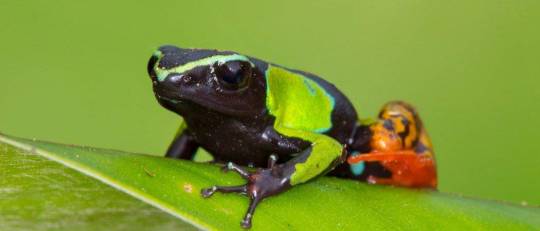
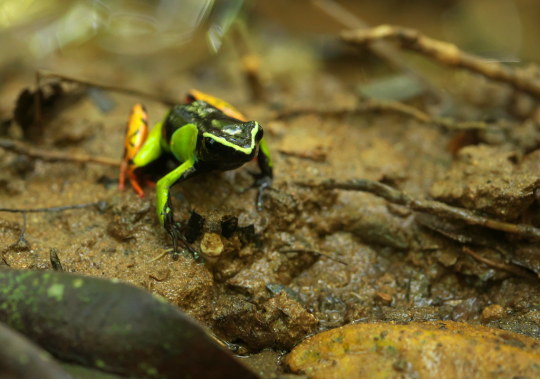
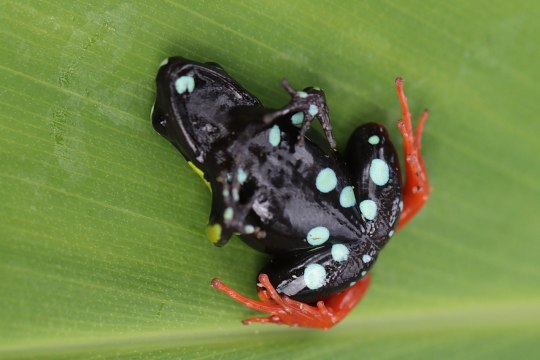
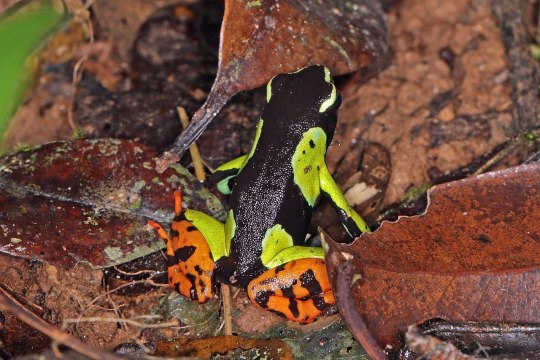
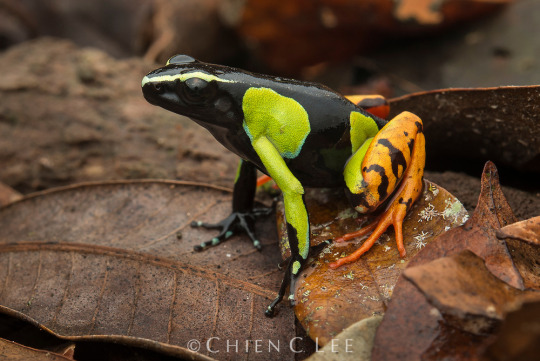
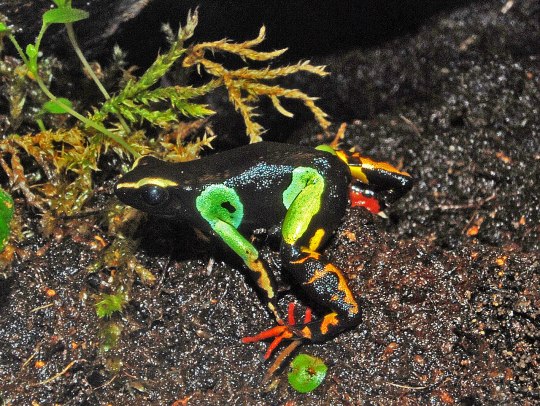

Baron's mantella, also known as the variegated golden frog or the Madagascar poison frog, is a species of small poisonous frog in the family Mantellidae which sports is native too East-Central Madagascar, inland from the east coast, and spanning north to south from Fierenana south to Andringitra. This moderately social species communicates via intense sequences of short, single-click notes throughout the day and inhabits rainforests, swamps, montane forest, bamboo groves, riverine woodlands and agricultural orchards. They are diurnal predators that feed upon ants, crickets, beetles, isopods, spiders, and mites. By ingesting these various poisonous/ venomous arthropods mantilla frogs are able to repurpose and secrete said toxins as pharmacologically-active alkaloid concentrations in their skin, in turn making the frogs themselves poisonous to potential predators. The intensity of this poison alkaloid can flux both temporally and geographically, depending on the frogs dietary diversity. Reaching around 1- 1.25 inches (28 -32mm) in length Baron’s mantella is the second largest species of mantella frog after the green mantella, with females being slighty heavier than males. The head & flanks are solid black. A yellowish rostral stripe is apparent, generally ending past the eye. The front limbs are yellow to green with this coloration continuing up the flanks into a large, rounded flank blotch. These flank blotches occasionally expand across the back and connect to the opposite side blotch, resulting in a more yellow dorsum. The hindlimbs are orange with irregular black stripes. The belly, throat, and limbs are black and marked with a few yellow to greenish, rarely blue blotches. Females can lay up to 130 unpigmented eggs in a single clutch, and almost always do so near a source of water, into which the resulting tadpoles get washed by rainwater. Under ideal conditions a barons mantella will reach sexual maturity at around 1 year of age and may live upward of 8.
#Baron's Mantella#mantella#frog#madagascar#poison frog#poison#variegated frog#golden frog#variegated golden frog#variegated#golden#pleistocene#pleistocene pride#amphibian
4 notes
·
View notes
Photo
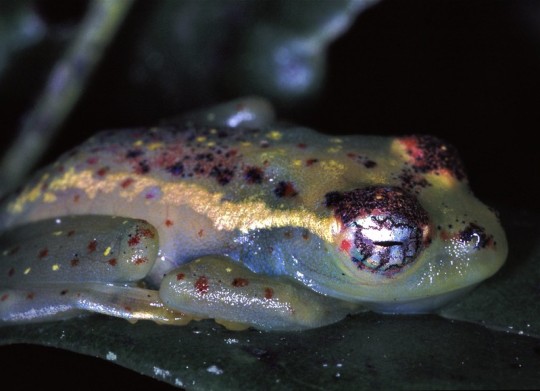
Botta’s bright-eyed frog (Boophis bottae) in Madagascar, Africa
by Bernard Dupont
#botta's bright eyed frog#frogs#amphibians#boophis bottae#boophis#mantellidae#anura#amphibia#chordata#wildlife: madagascar#wildlife: africa
608 notes
·
View notes
Photo
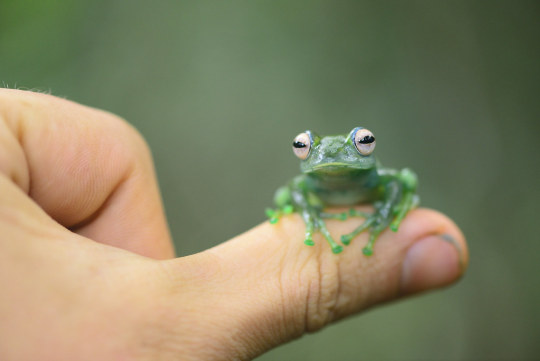
Boophis andreonei by Mark Scherz
#Anura#Mantellidae#Boophis#Boophis andreonei#frog#frogs#animal#animals#biology#nature#wildlife#fauna#amphibian#amphibians#zoology#herpetology#herps#critter#critters
1K notes
·
View notes
Photo
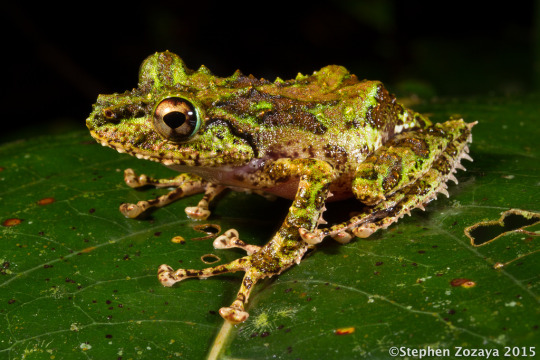
Spinomantis fimbriatus by Stephen Zozaya Mongevo, Ranomafana National Park, Madagascar.
105 notes
·
View notes
Photo

White Folohy Madagascar frog (Gephyromantis luteus)
Photo by Frank Vassen
#white folohy madagascar frog#gephyromantis luteus#duboimantis#gephyromantis genus#mantellinae#mantellidae#ranoidea#neobatrachia#anura#batrachia#amphibia#tetrapoda#vertebrata#chordata
247 notes
·
View notes
Text
frog of the day :)
Boophis tephraeomystax, common names: Mantellid bright eyed frog, Dumeril’s bright eyed frog
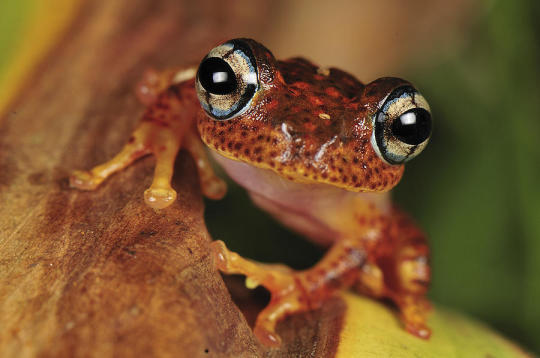
(Image source)
Habitat: Subtropical/tropical forests or shrublands, moist savannas. Live around areas with water, such as marshes or rivers.
Found in: Madagascar

(Image source)
#frog of the day#Boophis tephraeomystax#FAMILY: Mantellidae (Mantelid frogs)#mantelid frogs#non-true tree frogs#GENUS: Boophis (bright eyed tree frogs)#bright eyed tree frogs
51 notes
·
View notes
Photo
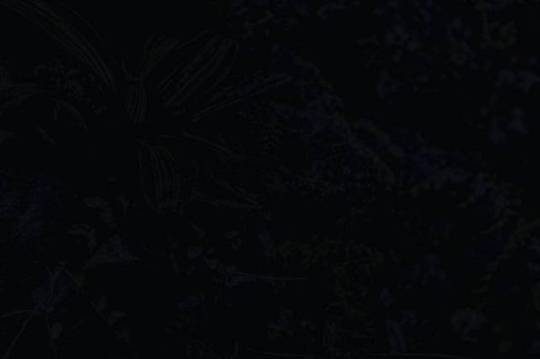
Red Mantella Frog/Mantella aurantiaca . . #redmantellafrog #animalia #chordata #amphibia #anura #mantellidae #mantella #mantellaaurantiaca #madagascar #exotic #animal #jakartaaquarium #brightcolor #red #nikond90 #nikkor (at Jakarta Aquarium)
#animal#jakartaaquarium#mantellaaurantiaca#nikond90#anura#madagascar#mantellidae#nikkor#mantella#chordata#exotic#animalia#amphibia#red#brightcolor#redmantellafrog
0 notes
Text

Bright-eyed Frog (Boophis viridis), family Mantellidae, Madagascar
In 2001, this genus was moved from the family Rhacophoridae to the Mantellidae.
photograph by Artur Tomaszek - Inglourious Reptiles
1K notes
·
View notes
Photo
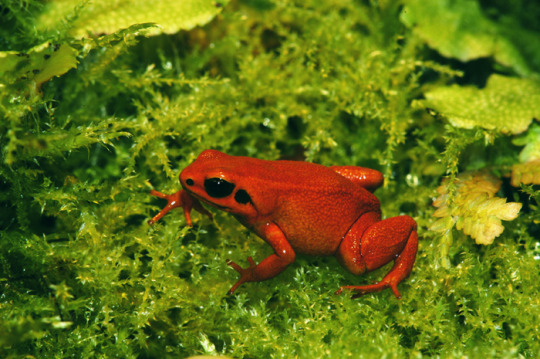

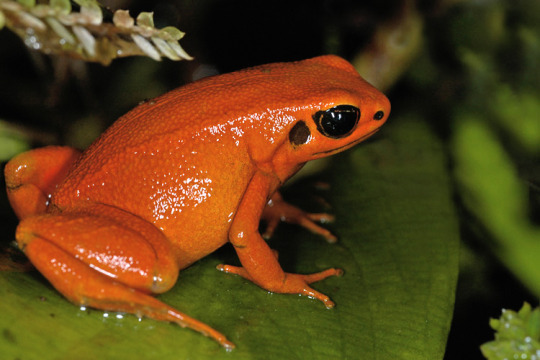
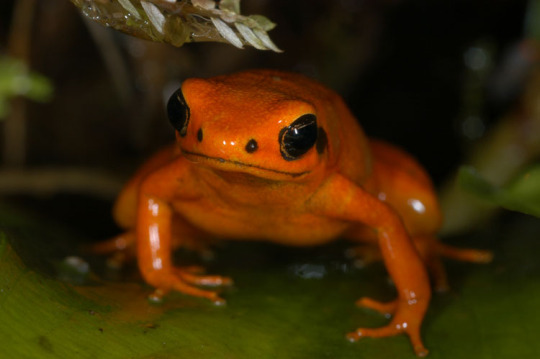
Here we see the extremely lovely black-eared mantella [Mantella milotympanum]. All 212 known species in the Mantellidae family are contained within the islands of Madagascar and Mayonette. The black-eared mantella is critically endangered, with one of it’s largest threats being over collection for sale in the pet industry. This individual was found in Central East Madagascar by photographer Dr. Peter Weish.
323 notes
·
View notes
Photo

Thrilled to announce the description of one of the largest #frogs in #Madagascar, Mantidactylus radaka! It took a lot of sleuthing, including sequencing 120-year-old specimens, to be able to confidently describe this #newspecies! Its description was important, however, because these are among the frogs that are eaten by people in Madagascar, and they may be at risk of local over-harvesting, in additional to ongoing #deforestation and #habitatloss. You can find a link to get the PDF of the paper at http://www.markscherz.com/publications . . . . . . #science #taxonomy #systematics #museomics #taxonomcis #research #Mantidactylus #naturalhistory #herpetology #wildlife #animals #zoology #Mantellidae #rainforest #frog #diversity #peerreview #vertebrate #highthroughputsequencing #illumina #radaka #Malagasy #Sahona https://www.instagram.com/p/B_2LtWGgGyv/?igshid=ozlvb95cl13c
#frogs#madagascar#newspecies#deforestation#habitatloss#science#taxonomy#systematics#museomics#taxonomcis#research#mantidactylus#naturalhistory#herpetology#wildlife#animals#zoology#mantellidae#rainforest#frog#diversity#peerreview#vertebrate#highthroughputsequencing#illumina#radaka#malagasy#sahona
269 notes
·
View notes
Note
cast your moots as frog species
cuban tree frog - you @sapphossidechick
neobatrachia - @smol-evil-gremlin
mantellidae- @cinnamonstickrayofsunlight
stereocyclops -@malecacidd
african desert frog - @fairylightsandrainydays
glass frog - @sooshloveslouis
20 notes
·
View notes
Photo

A Golden mantella frog (Mantella aurantiaca) in Madagascar, Africa
by Richard Eldon
#golden mantella#frogs#dart frogs#mantella aurantiaca#mantella#mantellidae#anura#amphibia#chordata#wildlife: madagascar#wildlife: africa
20 notes
·
View notes
Photo
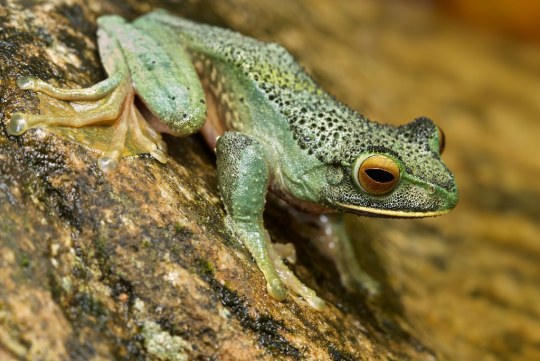
Boophis albilabris by Paul
#Anura#Mantellidae#Boophis#Boophis albilabris#frog#frogs#animal#animals#biology#nature#wildlife#amphibian#amphibians#zoology#herpetology#herps#critter#critters
276 notes
·
View notes